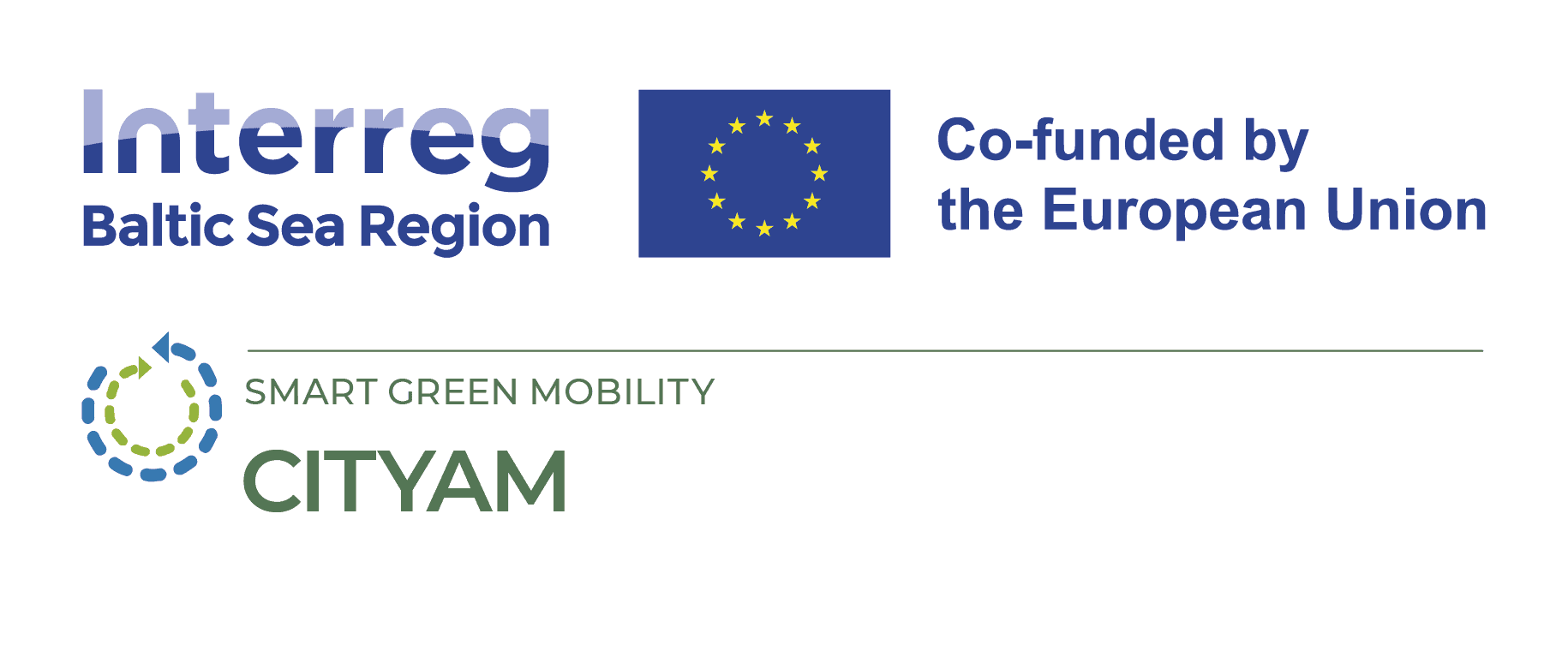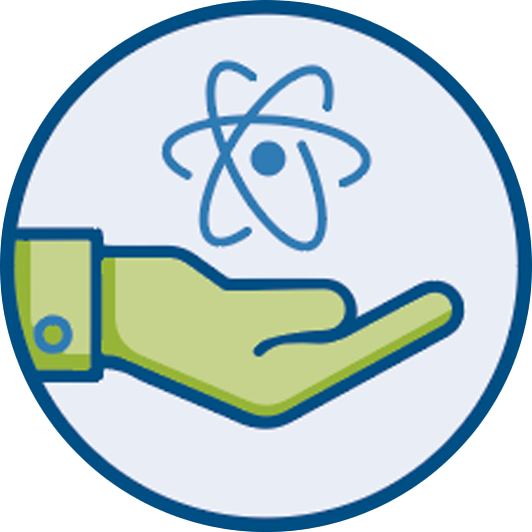
Social Readiness and Urban Air Mobility – Aspects to Consider
26 March 2025
Urban Air Mobility (UAM), meaning drones and other flying vehicles, is a growing industry with potential for vast and versatile growth. Being a relatively new technology, societies have different readiness levels for implementation and experimentation. In this interview, Jaanus Müür, PhD and Researcher at the Ragnar Nurkse Department of Innovation and Governance from TalTech, shares his thoughts on the topic.
- Social Readiness – What Does It Mean?
As technology advances, there is a growing recognition that beyond assessing a specific technology’s technical readiness, we must also consider its suitability within a broader societal context. Various frameworks have been developed to evaluate factors such as organizational and legal preparedness, as well as the extent to which a technology is embedded within society.
- How Is the Topic Related to the CITYAM Project?
The Urban Air Mobility themed CITYAM project has chosen to utilize the societal embeddedness assessment framework to evaluate the readiness of partner cities for drones and urban air mobility. Additionally, by conducting this assessment twice, we will also measure the project’s impact on these cities over time.
- What Have You Found Out?
So far, we have observed that all the partnering cities (Tartu, Helsinki, Hamburg, Stockholm, Gdansk, Riga) are still in the early stages of their urban air mobility initiatives. Many of the activities covered in the assessment questionnaires have only recently begun. This is unsurprising, as urban air mobility remains a relatively new topic for most cities.
The results indicate that organising and running drone pilots requires cities to think over many different aspects (e.g., environmental issues, legal aspects, stakeholder involvement). In the exploration phase, they need to encounter and think through multiple aspects that they might not have considered before.
At least the results of the first assessment round indicate that Hamburg has a slight lead over the other partner cities in acceptance, as it began its drone pilot project earlier.
- Why would other projects benefit from surveying social readiness?
First, the assessment encourages project participants to consider the societal implications of the solutions they are developing and piloting.
Second, it may help to prevent projects from being carried out merely for their own sake, ensuring they have meaningful real-world impact.
- What should be considered when assessing social readiness?
First, the assessment questionnaires required significant revision, as the original questions were designed to be technology-neutral. In our case, this meant adapting them to the specific context of drones and urban air mobility – a process that took considerable time. Fortunately, I received valuable assistance from the Estonian Aviation Academy.
Second, since the assessment spans four dimensions – environment, stakeholder involvement, policy & regulation, and market & resources – identifying the right respondents could be challenging. It is unlikely that a single individual can effectively address all four areas.
- What is CITYAM doing next?
In September 2025, we will conduct the second assessment round to identify the impact that the CITYAM project has had so far on the readiness of partner cities in the context of drones and urban air mobility.

Jaanus Müür, TalTech





